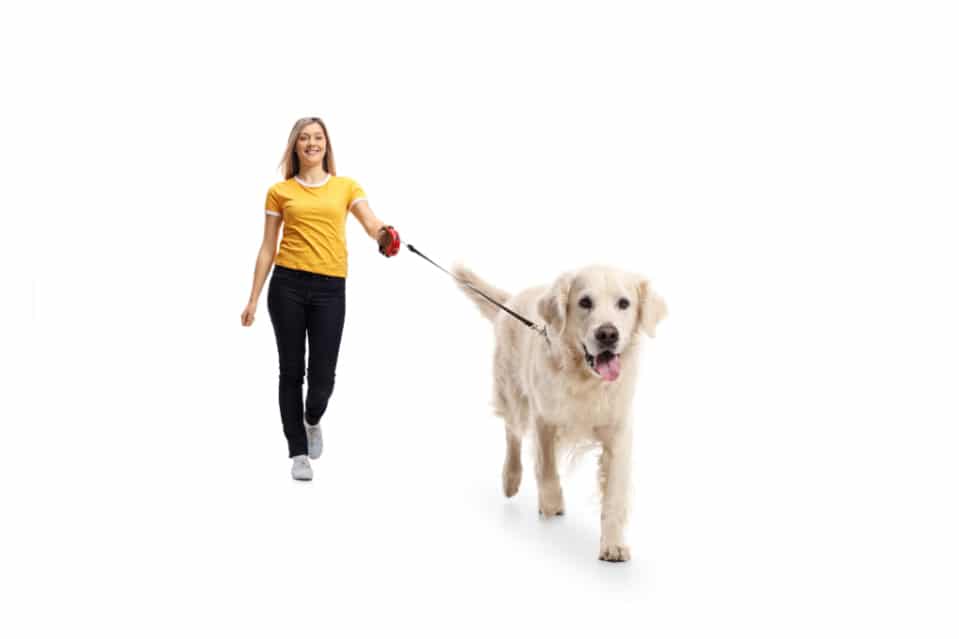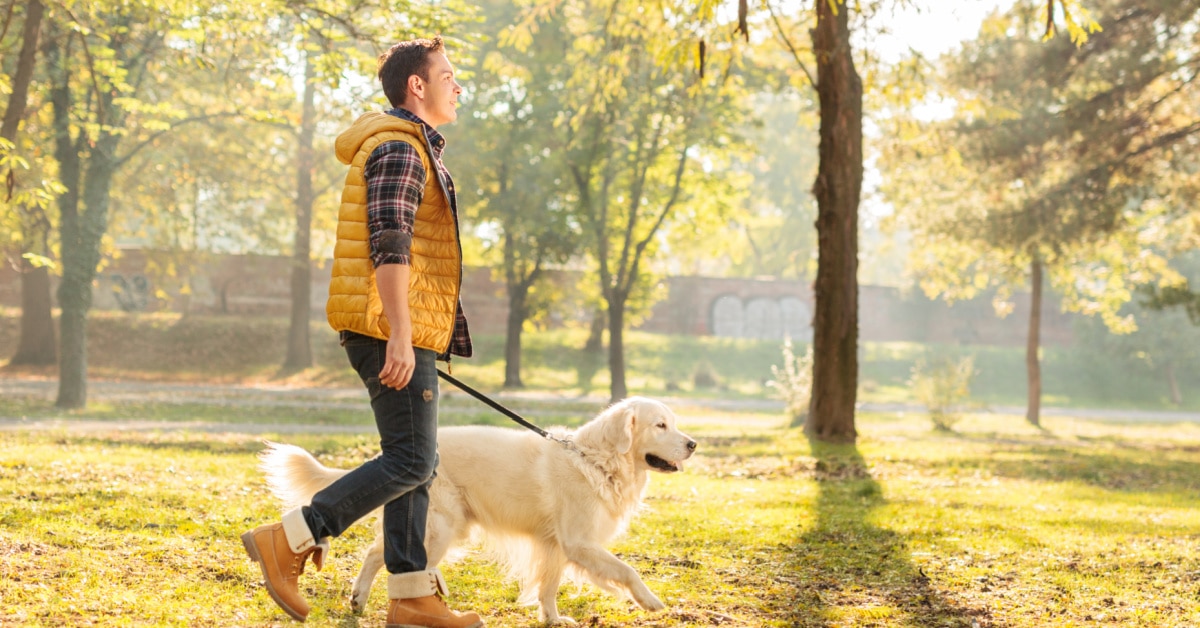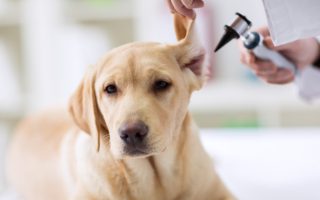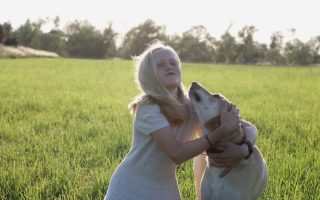Labrador Retrievers are often full of energy. However, there may be times that you will have to contend with Labrador walking problems.
While going out on walks helps your Labs learn how to behave outside, explore the world, and get some leisurely exercise, it can pose some difficulties as well, especially if they are still young.
There are tons of problems that a pet owner can experience when walking their Labrador Retriever.
Let’s take a quick look at what these common Labrador walking problems are and how to treat them.
1) Lunging during the walk
When you walk with your Lab, it may happen that they may start to lunge at things. They may do this to go to another person, a dog, or a squirrel, among others.
This is the natural instinct of a dog because they want to socialize, explore, and hunt.
However, having your Labrador lunge while you walk can be very annoying for the owner.
You may fall because your dog lunges harshly, which will pull both you and the leash.
Additionally, lunging is generally considered bad manners when you’re out for a walk.
So, your Labrador Retriever must learn how to behave and control themselves.
How to fix it
Luckily, lunging is one of the common Labrador walking problems that you can immediately address.
The first thing you have to do is to find out what they lunge towards so you can try to avoid those things.
For instance, if your Lab habitually lunges toward other dogs, you should find routes where there are less likely to be other dogs.
Alternatively, you can also choose walking times (like a late-night) when no one really walks their dogs.
Avoid punishing your Labrador since they may think that walking is a negative thing.
Instead of punishing them, you should sternly tell your dog no when they try to lunge at something. You can also give them a reward when they stop.
2) Easily distracted
Labrador Retrievers, especially puppies, are naturally very curious.
Because of this, another common Labrador walking problem that you may experience is that they are easily distracted.
If they see a bird, person, dog, or even a tree, they may pause and walk over to it.
While you should let them smell or explore something, you may not have the time to let your canine stay there for too long.
How to fix it
If your Lab wants to look at something, you can give them 1-2 minutes to explore it.
However, your dog has to learn that they cannot linger. When you think your dog explored enough, call their name and show them that it is time for them to walk again.
If they refuse, you can repeat their name a bit more sternly until they listen. Give them a reward when they listen to you.
3) Pulling on the leash

When you Labrador pull on the leash while you walk, this may be a result of too much excitement, the fact that they might want to jog, or they simply do not know how to follow your lead.
How to fix it
One common reason why Labrador Retrievers may want to pull on the leash and run ahead is that they have lots of energy.
A simple way to fix that is to help them burn a bit of excess energy before continuing on your walk.
For instance, you can bike or jog with them for 10-20 minutes before starting your walk. You can even use rollerblades if you are confident.
4) Does not want to walk
This is a very common Labrador walking problem among puppies. They may prefer to do what they like instead of going for a walk.
How to fix it
If your Lab is a puppy, you can pick them up and carry them out of the house.
This will highly encourage them to walk back home with you. If you do this long enough, they will learn to enjoy walks.
You can also bring treats with you to encourage them to like walks.
5) Stopping while walking
Most dogs like to walk, and if they decide to stop, and there are no distractions, you have to think about why they stopped.
Typically, they stop because they feel hot or tired.
How to fix it
If your dog is panting, they may feel hot or tired. You can give them a break in the shade and give them some water before continuing the walk.
Avoid also taking your Lab for a walk at a time when it’s too hot. For instance, walking at high noon can hurt their paws and make them dehydrated quickly, so you should walk them at a different time.
To conclude
There are a number of common Labrador walking problems that you may need to be aware of if you have a Labrador Retriever.
However, you don’t have to worry about how to treat them since we have provided tips above to help you fix your problem.
On the other hand, if you are also having troubles with common health conditions among Labs, you can also check out this post.







